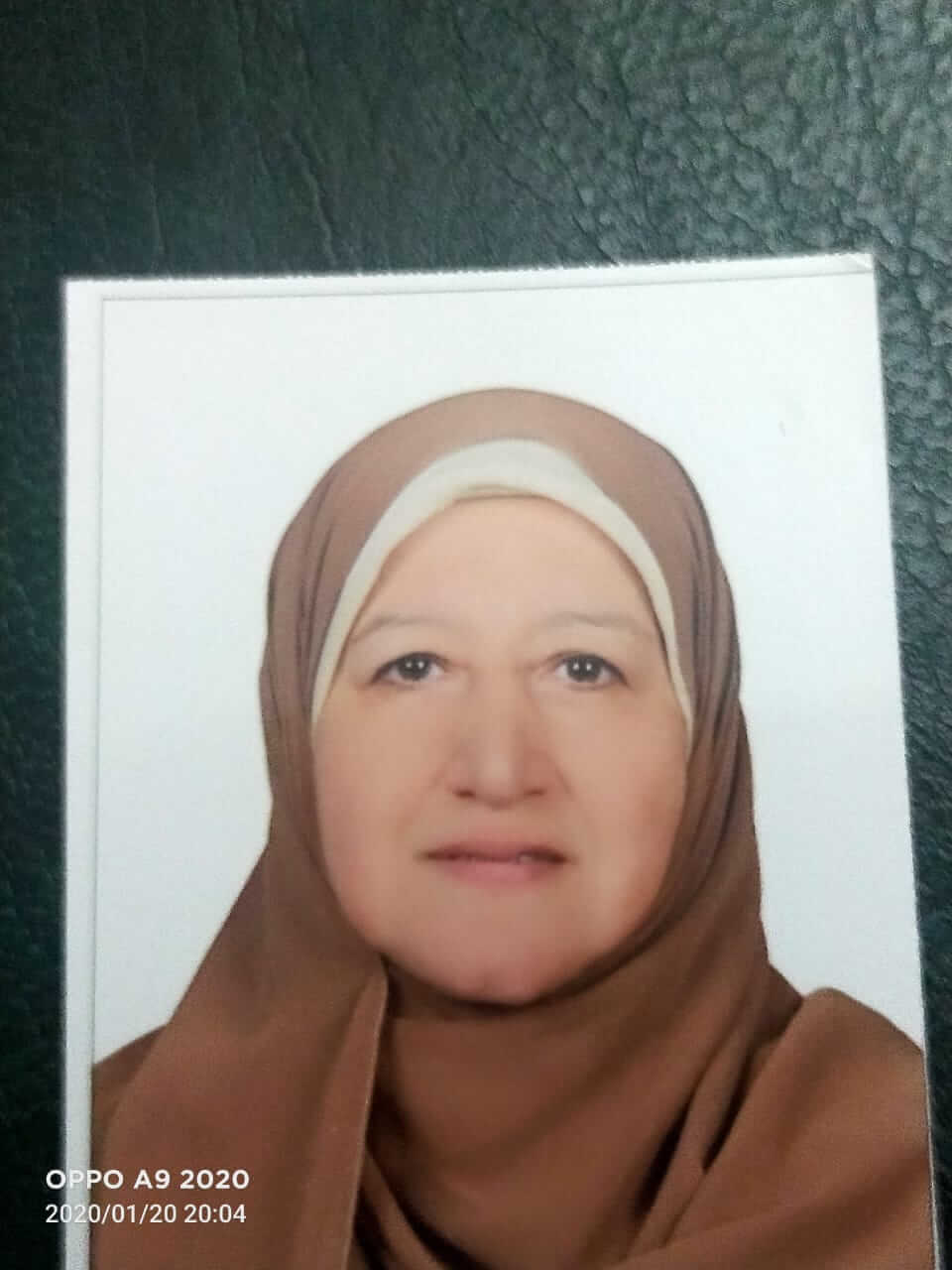Astronomy Department
Astronomy department at NRIAG is the biggest scientific collection in astronomy in Egypt and Arab World. Since that time we had the 30-inch telescope which built at Helwan (the main center of NRIAG). Hally comet in 1910 and the planet Pluto in 1930 had observed by that telescope. Also, we have the biggest telescope in the Arab world and North Africa, 74-inch Kottamia telescope at the Eastern desert of Egypt. Some places on the Moon have been observed by that telescope in the sixties by American scientists from NASA.
The Astronomy department has about 70 persons of scientists and assistance, adding to about 15 persons of administrators. Most of our scientists are members of International Astronomical Union (IAU). The Astronomy department is divided into three laboratories, each laboratory has three units, in addition to Kottamia Observatory.
Stellar Lab.
- Spectroscopy and stellar atmospheres unit
- Celestial mechanics unit
- Variable stars unit
Galaxy Lab.
- Galaxy and extra galaxies unit
- Stellar clusters unit
- Skylight unit
Theoretical astronomy and high-energy Lab.
- High-energy physics unit
- Space observations analysis unit
- Cosmology and general relativity unit
Kottamia Observatory
- The story of Kottamia Observatory
- Kottamia Observatory on Facebook
- Kottamia Center of Scientific Excellence for Astronomy & Space Science /KCSCE
- kottamia Observatory (New Observations)
- Scientific Descriptions of Kottamia Observatory
- The 40th International School for Young Astronomers (ISYA) 2018
- Scientific Society of Astronomy & Space in Egypt – SSASEgypt
Are you interested in our page?
Total votes: 1
- Yes: 1108 (95.85%)
- No: 48 (4.15%)
The Poll is out of date. You have not voted.

